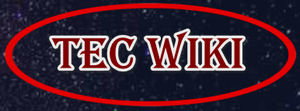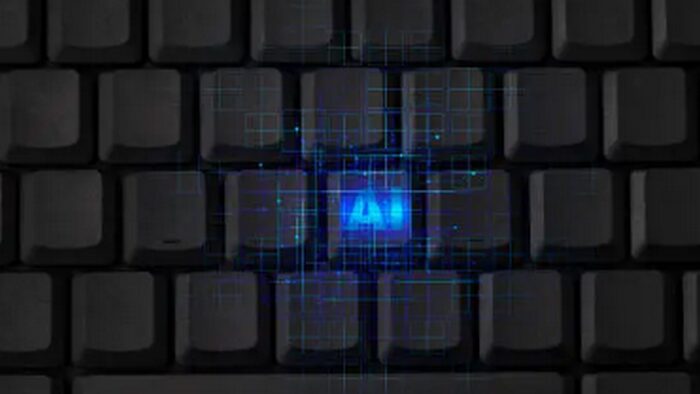With artificial intelligence (AI) at their disposal, artists are finding new ways to express themselves and be creative. AI-assisted art creation has generated problems regarding originality and the place of human creativity in the artistic process, even while technology might increase productivity by automating certain chores and producing ideas. The relationship between artificial intelligence (AI) and artists will be discussed in this essay, along with how AI affects creativity and productivity in the arts and what this means for the future of artistic expression.
Artificial Intelligence’s Ascent in Art
For artists working in a variety of media, including performance, music, literature, and visual arts, artificial intelligence (AI) technology, in particular machine learning algorithms, have created new opportunities. Large volumes of data can be analyzed by these technologies, which can also identify trends and produce content based on previously taught patterns and rules. Artificial intelligence (AI) can be used to produce poetry, paintings, music, sculptures, and even dance choreography.
AI’s Boost to Productivity
Increasing productivity is one of the main benefits of using AI to the creative process. Artists are free to concentrate more on creative exploration and experimentation when repetitive chores like text production, music composition, and image processing are automated by AI algorithms. AI-based picture generating systems, for instance, may generate a large number of variations on a given topic very fast, giving artists a wide range of alternatives to work with and enhance.
AI can also be an inspiration source by coming up with fresh concepts or recommending different methods for producing art. AI algorithms have the potential to assist artists in discovering new styles, approaches, or topic matters that they might not have otherwise thought of by examining current works and spotting patterns or trends. This has the potential to open up new research directions and inspire creative expression.
Obstacles to Originality
AI offers efficiency improvements, but there are worries about how creativity in art may be impacted. AI-generated art has its detractors who claim that it lacks the human element and emotional nuance that make genuinely significant and creative works of art. Although AI algorithms can imitate the aesthetic or methods of human artists, they can find it difficult to encapsulate the core of the human condition or arouse true feelings.
Additionally, there is a chance that AI-generated art will become homogenized since algorithms might favor current trends or follow set conventions over investigating novel and unusual concepts. This could result in an overabundance of formulaic or derivative artworks that are devoid of individuality or uniqueness.
The Artist’s Role
Fundamental concerns concerning the nature of creation and the place of the artist in the artistic process are brought up by the interplay between AI and artists. AI can help artists explore ideas and come up with new ones, but it cannot take the place of the subjectivity, intuition, and imagination that characterize human creation. Ultimately, an artist transcends mere technical proficiency or algorithmic output by imbuing a work of art with meaning, emotion, and personal vision.
Furthermore, it is up to artists to decide how AI technologies are included into their work and to steer the field of AI-assisted art creation. While some artists may resist AI’s impact or utilize it sparingly, others may welcome it as a collaborator or a tool for experimentation. The decision to use AI in the creative process is very personal and is a reflection of the values, objectives, and sensitivities of the individual artist.
Promoting Innovation in AI-Generated Art
The artistic community must promote a culture of innovation, diversity, and critical thought in order to allay worries about the originality of AI-generated work. By investigating unorthodox applications, questioning accepted ideas about what constitutes art, and pushing algorithms beyond their designed limits, artists can push the bounds of AI technology.
AI can also be used by artists as a source of inspiration rather than as a replacement for their own creativity. Through critical and selective engagement with AI-generated content, artists might derive useful insights, approaches, or notions that serve as inspiration for their own artistic work. Through the use of a hybrid technique, artists can leverage AI’s capability while maintaining their own voice and viewpoint.
Additionally, democratizing AI tools and advancing accessibility in the arts can enable a wide spectrum of artists to investigate AI-driven methodologies and further the development of AI-generated art. Artists may foster a thriving ecosystem of exploration and invention that enhances the artistic environment by offering tools, education, and support.
In summary
AI and the arts have a complicated and nuanced interaction that presents both chances and obstacles for creative expression. Artificial intelligence has issues with originality, authenticity, and the place of humans in the creative process, even while technology can increase productivity and stimulate new kinds of creativity. It’s critical for artists to walk this changing terrain with a balance between maintaining the unique qualities of human creation and using AI as a tool for exploration. Artists can leverage AI’s disruptive potential while confirming the eternal worth of human imagination and expression in the art world by embracing experimentation, variety, and critical reflection.

